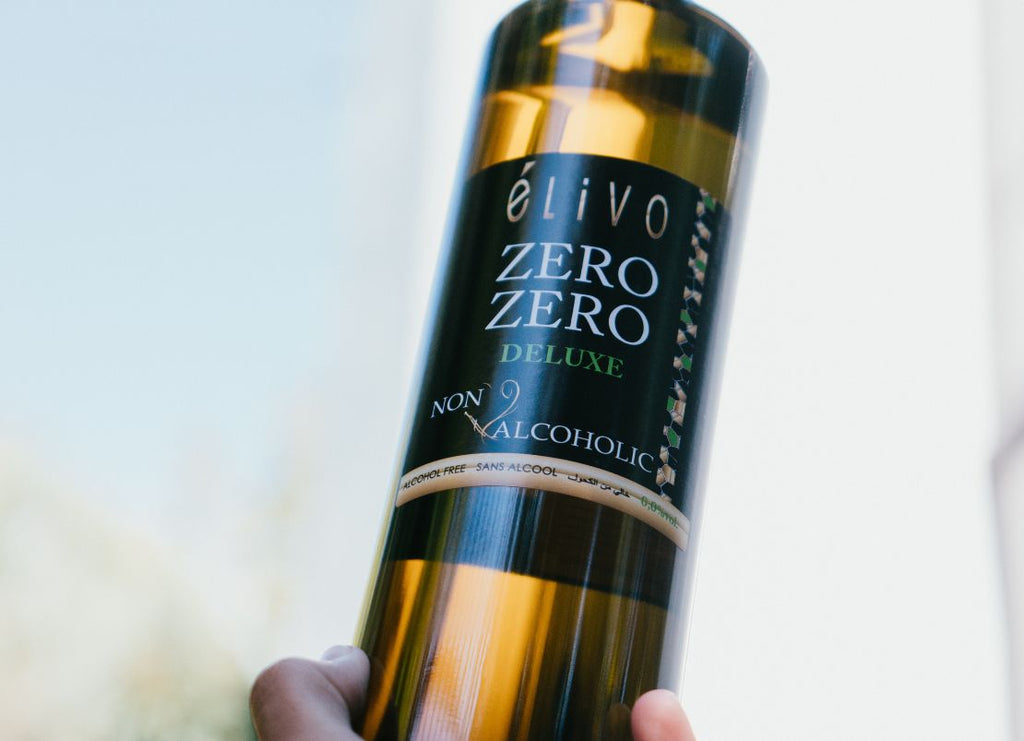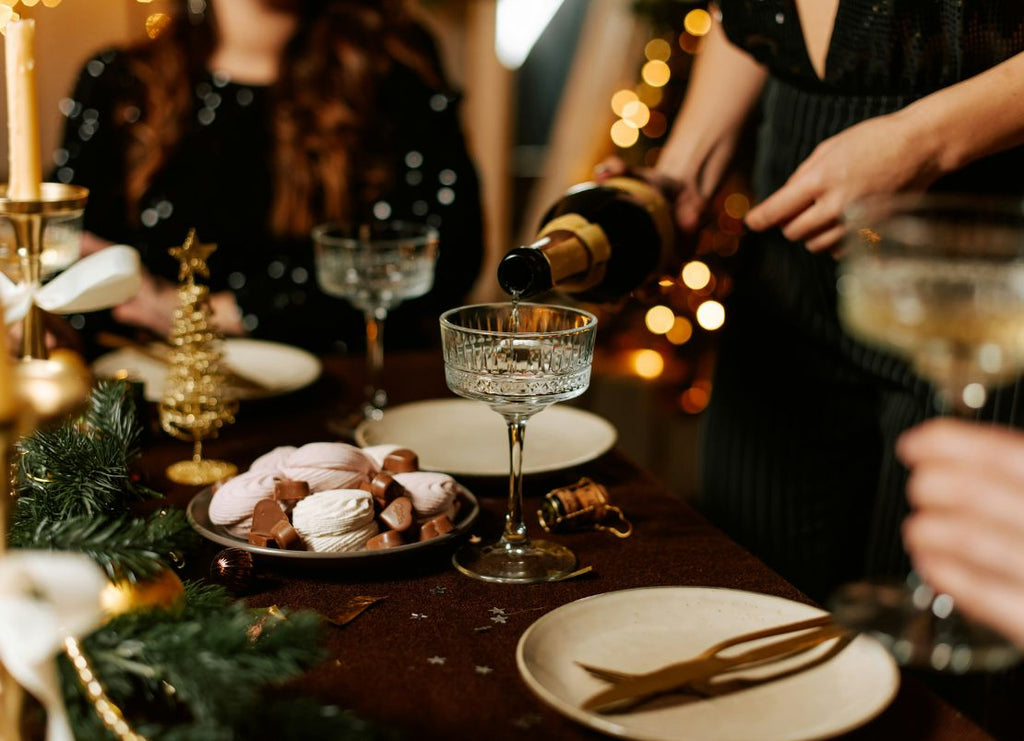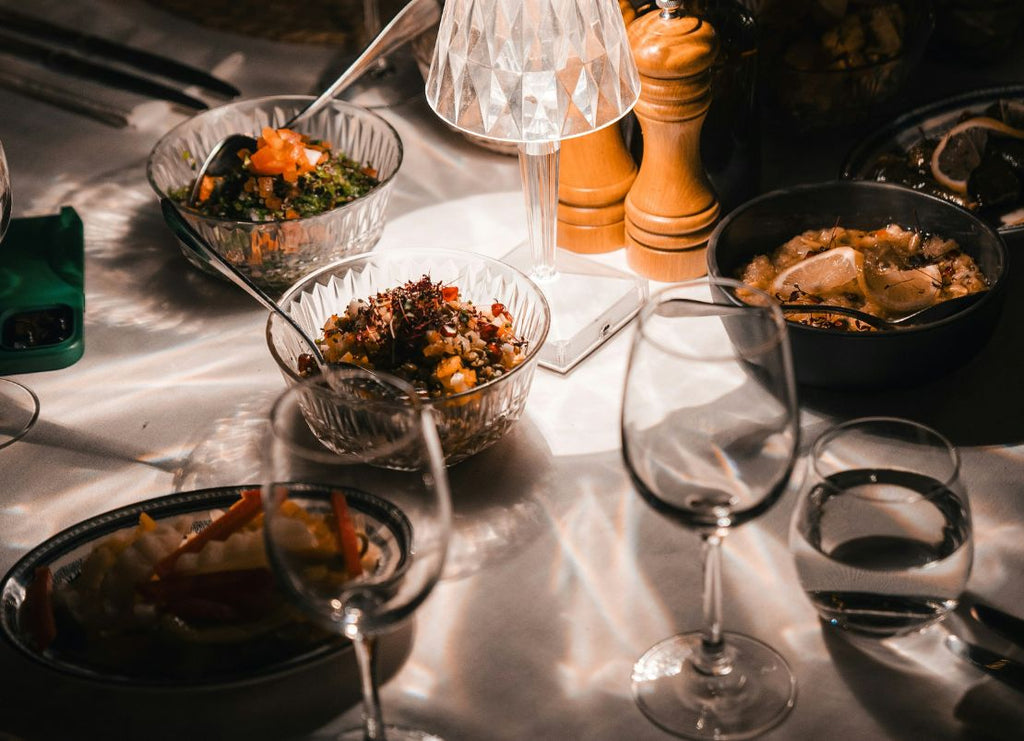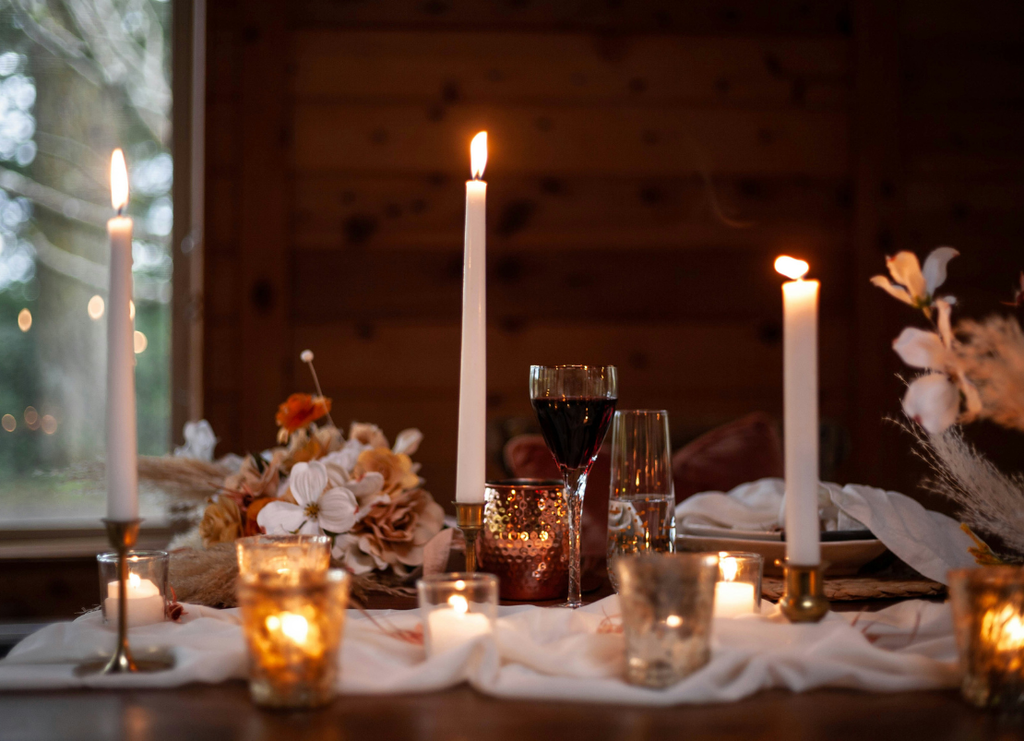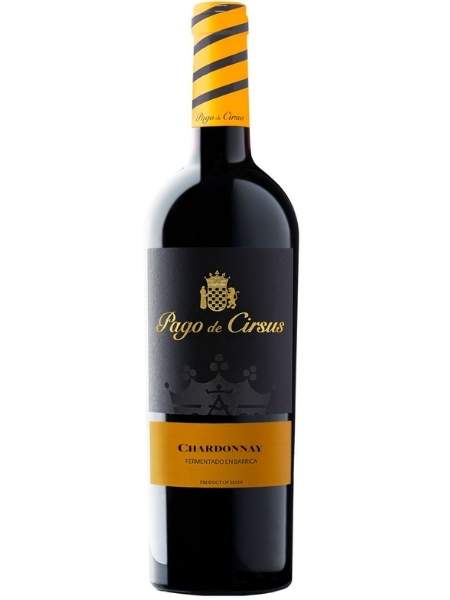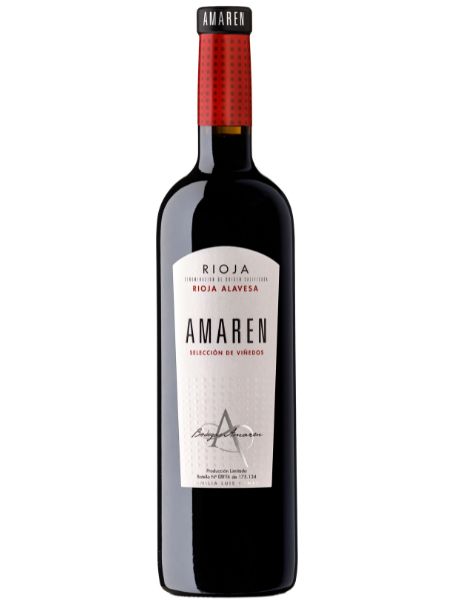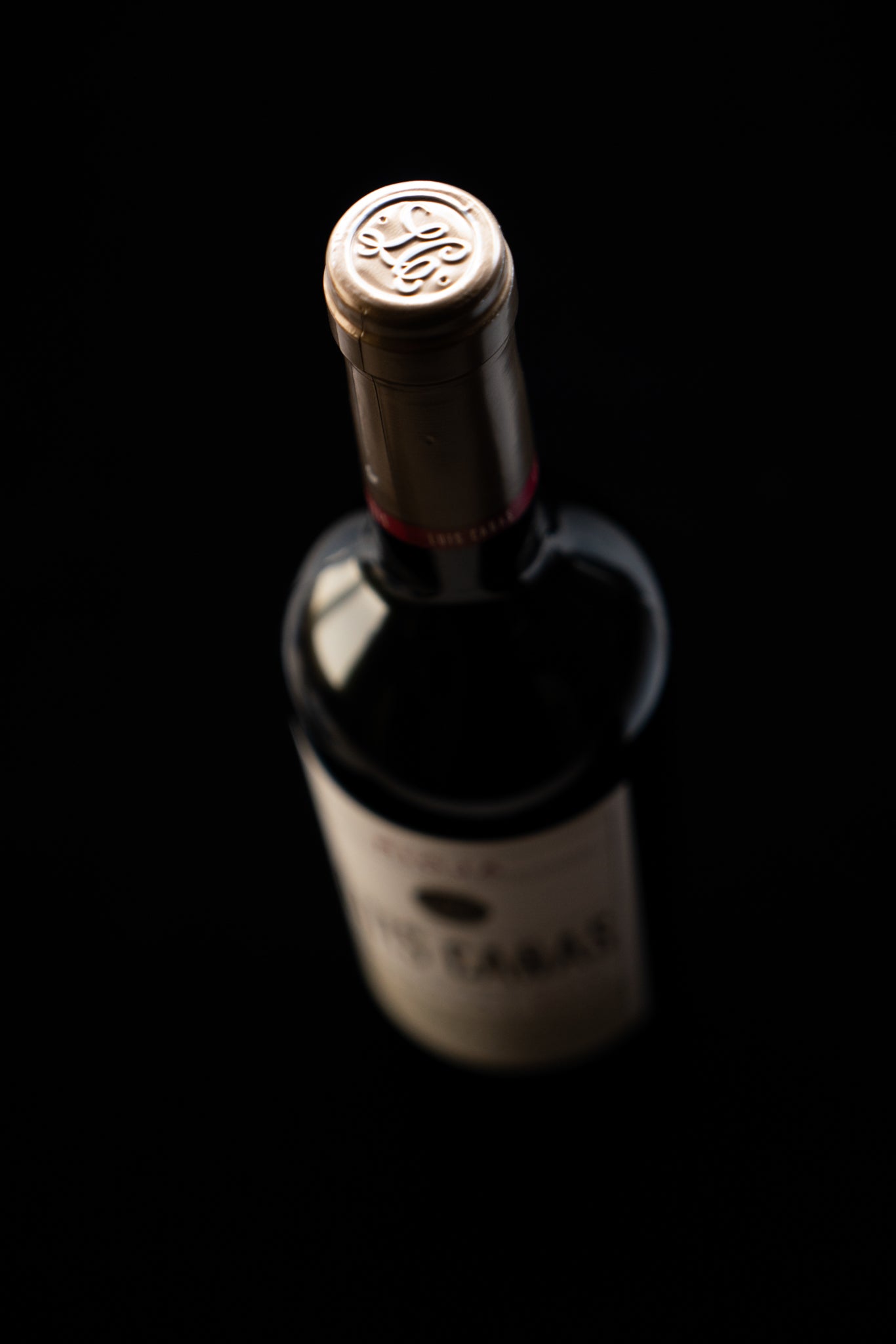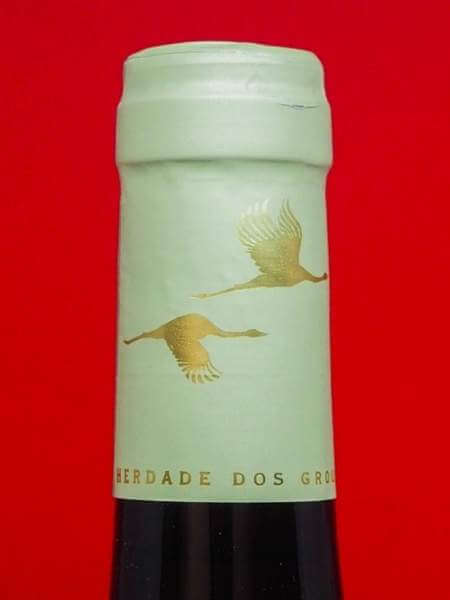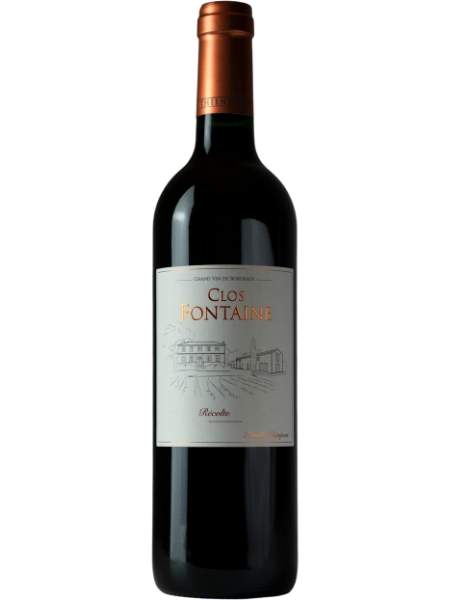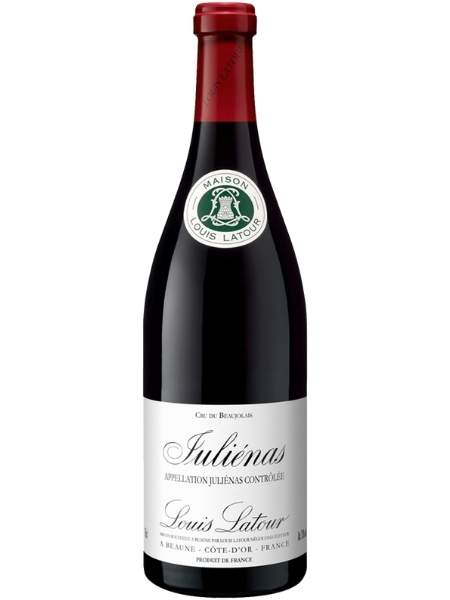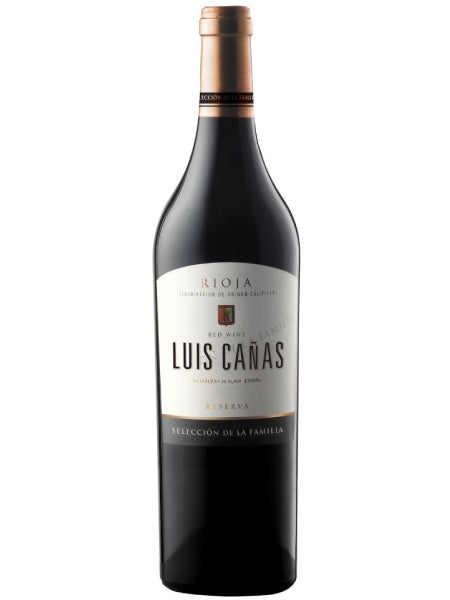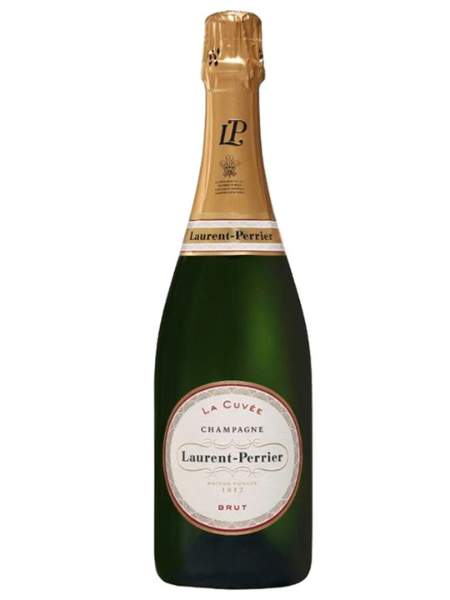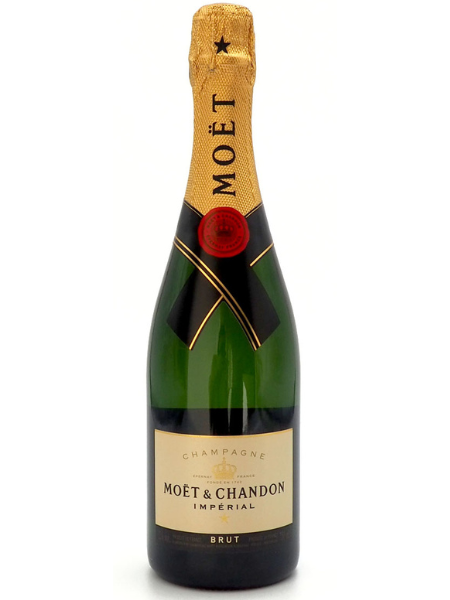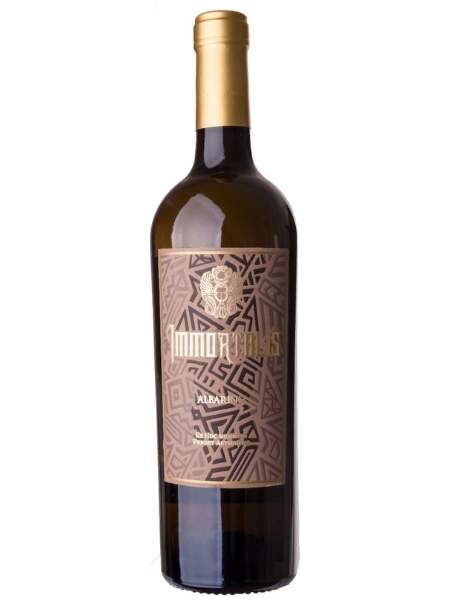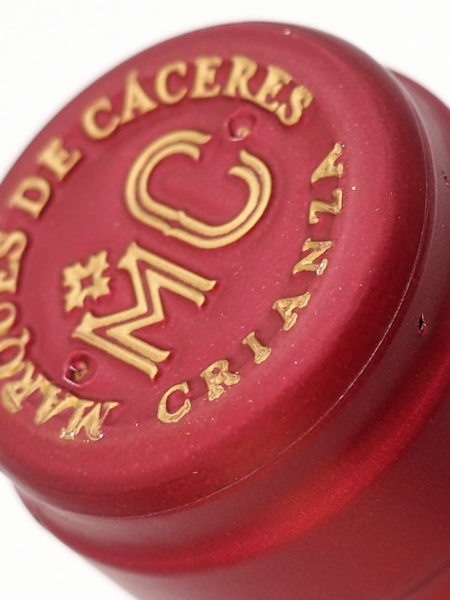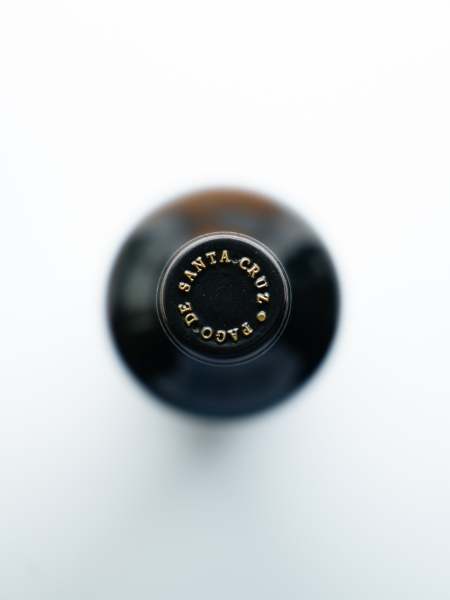
Cava Vs. Champagne. What is the traditional Champenoise method?

It is commonly known that in the Middle Ages, monks, monasteries and abbeys had a close relationship with the land and the vine. For example, in Spain, the monks worked the land hard, and because of their tenacity, Spain has one of the largest vineyards in the world. We also link the origins of sparkling wine to the monastic space. The production of champagne, a quality sparkling wine with a long maturation, is due to the Benedictine monk Dom Pierre Perignon, born in France in the first half of the 17th century.
It is said that this monk, who entered the monastic order at the tender age of nineteen, invented this method of making sparkling wines by pure chance, trying to avoid the formation of bubbles in the wine while caring for an underground wine cellar. This method has been called the traditional Champenoise method.
In this article, we will tell you about Champagne and Cava, both sparkling wines, and their main differences.
The method of elaboration of Champagne and Cava is the same, as the traditional Champenoise method. One of the first differences, and perhaps the most significant, is the price. Comparing champagne and Cava with the same number of months of ripening, the price of champagne is about double that of Spanish Cava.
Both compete in terms of quality, but Cava has a considerable advantage, a much lower price, in addition to the fact that Cava sparkling wines are very well regarded internationally due to their quality-price ratio.
Another difference is the designation of origin and the terroir. In Spain, and especially in the Penedès area, where 90% of Spanish Cava comes from, the climate is Mediterranean, with mild winters and warm summers.
In the French Champagne region, the climate is more austere, there are fewer hours of sunshine and the winters are very cold and long, and there may be late frosts. With regards to the terroir, Champagne can only be produced in the French Champagne regions, whereas Cava, can be produced in multiple places around Spain.
As we mentioned earlier, the traditional Champenoise method was created a long time ago in the abbey of Hautvilliers, by chance or as an invention of a genius like Dom Pierre Perignon. Today, applying the wisdom he has left us, the wineries that make Cava follow the same traditional method. This consists of second fermentation in the glass. First, the grape varieties are vinified separately for the basic wine.
Here we find another difference between champagne and Cava. The grape varieties used in champagne are white chardonnay, pinot noire and pinot menier. The latter two are red varieties, from which the well-known sparkling wines blanc de noire are made. For Spanish Cava, the most used varieties are xarello, macabeo and parellada, these being some of the main varieties in the Penedès area, in Catalonia, where the Cava Designation of Origin is located.
Once the first fermentation has been completed and the blending of these varieties has been carried out according to the proportion that the oenologist wishes to give to his wine, this basic wine is put in the glass, where the liqueur is added - alcohol of about twenty-five degrees - full of sugar and yeast, which generates this second slow fermentation in the glass, which can last up to nine months.
As the yeast consumes the sugar, carbon dioxide appears, a gas that could make the bottle explode, but the bottles for Cava and champagne wines are thicker and can withstand up to 9 bar pressure. This way, there are no unpleasant surprises in the cellar, and no bottles are lost during ripening. Carbon dioxide is responsible for the fine and delicate bubbles that sparkling wines have.
Cava bottles mature in desks, being placed at inclinations ranging from 20-30º, with the necks of the bottles in each hole of the desk. These bottles are gradually moved, manually.
After months of maturation and ageing, the bottle is practically upright, upside down. In this position, all inactive yeasts remain in the neck of the bottle. At that time, is the moment to disgorge the sparkling wine.
The freezer system is used in almost all wineries. The neck of the bottle is subjected to a very low temperature and the stopper is removed. This operation is called disgorging. At that moment, all the yeasts and other particles that have been frozen burst due to the pressure exerted by the carbon dioxide, and the sparkling wines remain clean.
Some of the liquid is indeed lost, but at this point, we have to decide what kind of sparkling wine we want: if we add shipping liqueur to determine its classification according to the amount of sugar, or if we do not want to have sugar added, which can have a maximum of three grams of residual sugar, a small amount that is not eliminated during this second fermentation.
The latter is also the case of our wine Organic cava Mil.lenni Reserva Brut Nature from Maria Rigol Ordi, an exceptional cava, maturing between twenty-four and thirty-six months, made from the varieties xarel.lo, macabeu, parellada and a little Chardonnay, a more gastronomic cava, ideal to accompany juicy fish or rice dishes, an elegant and silky cava for more demanding tastes.
But if you prefer Cava rosé , I recommend Cava La Mitica from Josep Masach winery, and this is an organic rosé , made from an extremely special grape, a black variety with very pronounced acidity, called trepat, one of the most used varieties. for the elaboration of Cava rosé wines, which gives them a good structure, and especially, makes them extremely fresh and appetizing.
For a meeting with friends, I recommend Magnum Dos mil Setze, also from María Rigol Ordi. A magnum is the equivalent of two standard bottles, containing 1.5 l. In addition, magnum bottles, with a higher capacity, contain less air than liquid, so they have a slower evolution, which gives them more shades and greater complexity.
Thus, you can test your senses, making a tasting with all your friends, to guess what flavours, and shades are identified in sparkling wines.
We thank our friend Isabel Zaro (Sommelier who graduated from UdG University ) for all the interesting information she revealed to us about the origins, similarities and differences between champagne and cava.
You can discover all the wine recommendations and many more varieties of Champagne and Spanish cava in our store!
See you next time, wine lovers,
Dis&Dis Team

